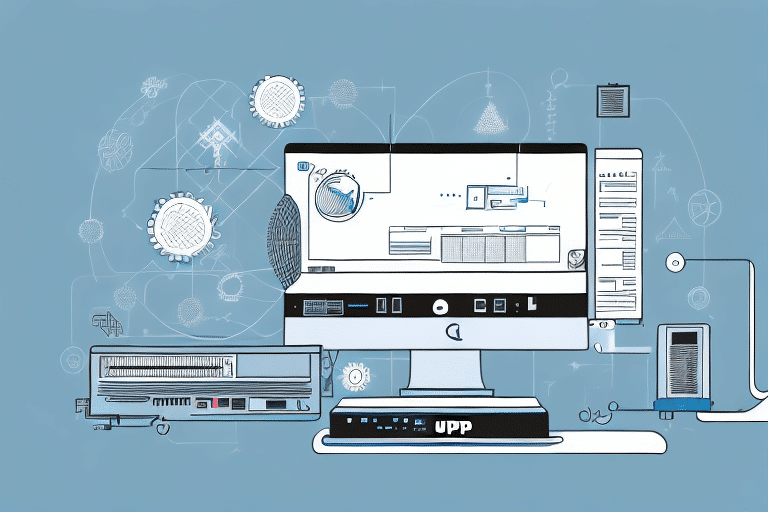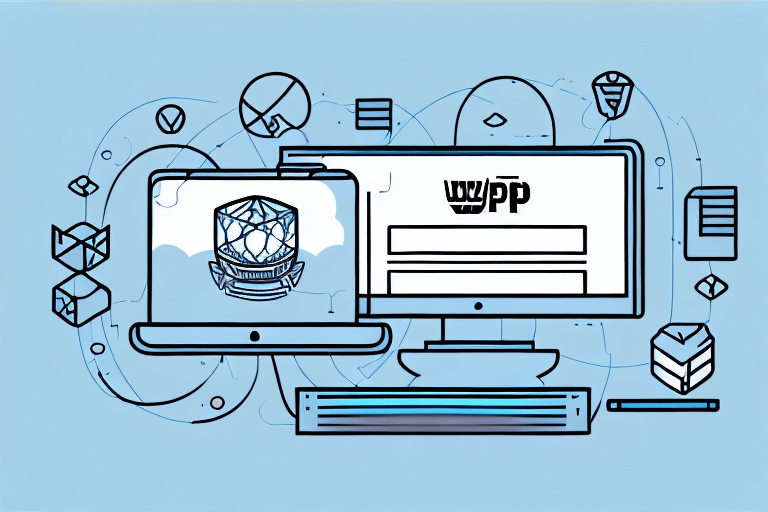Connecting, Optimizing, and Managing UPS for Salesforce
Ensuring an uninterrupted power supply (UPS) is vital for maintaining the seamless operation of Salesforce applications. This guide provides a comprehensive overview of selecting the right UPS, installation and configuration processes, performance optimization, and ongoing management and maintenance practices to keep your Salesforce system running smoothly.
Introduction to UPS for Salesforce
What is a UPS?
A Uninterruptible Power Supply (UPS) is a critical device that provides backup power to electronic systems during power outages, surges, or fluctuations. For Salesforce users, a UPS ensures that applications remain operational, preventing data loss and minimizing downtime.
Why UPS is Essential for Salesforce
Salesforce systems require continuous power to function effectively. A UPS mitigates risks associated with power interruptions by supplying temporary power, allowing systems to stay active or shut down gracefully. This protection is crucial for safeguarding data integrity and ensuring business continuity.
Selecting the Right UPS for Salesforce
Factors to Consider When Choosing a UPS
- Power Capacity: Assess the total power requirements of your Salesforce infrastructure to ensure the UPS can handle the load.
- Battery Technology: Choose between valve-regulated lead-acid (VRLA) and lithium-ion batteries based on lifespan, maintenance needs, and budget.
- Runtime: Determine the necessary backup duration to maintain operations during outages.
- Scalability: Consider future expansion needs and whether the UPS can accommodate additional load.
- Management Features: Advanced UPS systems offer remote monitoring and management capabilities, enhancing control and oversight.
Battery Technology: VRLA vs. Lithium-Ion
VRLA batteries are cost-effective and widely used but require more frequent maintenance and have shorter lifespans. In contrast, lithium-ion batteries offer longer lifespans, faster charging, and lower maintenance but come at a higher initial cost. Assess your organization's priorities and budget to make an informed choice.
Redundancy and Reliability
For larger organizations or those with critical uptime requirements, implementing redundant UPS units provides an additional layer of reliability. Redundancy ensures that if one UPS fails, others can seamlessly take over, maintaining uninterrupted power supply.
Installing and Configuring Your UPS
Installation Steps
- Set Up the Battery: Follow the manufacturer's instructions to install and secure the UPS battery.
- Connect to Salesforce Systems: Properly link the UPS to your Salesforce infrastructure, ensuring all critical components are connected.
- Configure Settings: Utilize the UPS management software to configure settings such as shutdown preferences and alert notifications.
- Test the UPS: Simulate a power outage to verify that the UPS provides adequate backup power and that systems respond appropriately.
Configuration Best Practices
Regularly update the UPS firmware and software to incorporate the latest features and security patches. Configure automatic shutdown protocols to prevent data corruption during extended outages.
Optimizing UPS Performance for Salesforce
Reducing Power Consumption
Minimize unnecessary power usage by consolidating equipment, enabling power-saving settings on devices, and disconnecting non-essential peripherals. Efficient power usage extends the UPS's backup duration and reduces operational costs.
Regular Maintenance and Updates
Maintain the UPS by performing scheduled inspections, cleaning components, and replacing batteries as needed. Keeping the UPS firmware and management software up to date ensures optimal performance and security.
Proper Sizing of the UPS
Ensure that the UPS capacity matches your Salesforce system's power requirements. An undersized UPS can lead to insufficient backup power, while an oversized UPS may result in unnecessary energy consumption. Collaborate with a qualified electrician or UPS vendor to determine the appropriate size for your needs.
Troubleshooting and Best Practices
Common UPS Issues
- Battery Failure: Over time, batteries lose their ability to hold a charge. Regularly monitor battery health and replace them according to manufacturer guidelines.
- Overloading: Connecting too many devices can exceed the UPS's capacity. Calculate the total power draw of connected equipment and adjust as necessary.
- Improper Configuration: Incorrect settings can hinder UPS performance. Ensure configurations align with your system's requirements.
- Power Surges: Sudden voltage spikes can damage hardware. A UPS acts as a buffer, regulating voltage and protecting connected devices.
Best Practices for UPS Management
- Regular Monitoring: Use UPS management software to continuously monitor performance metrics and receive alerts for potential issues.
- Scheduled Maintenance: Implement routine maintenance schedules to inspect and service UPS components.
- Battery Testing: Conduct periodic battery tests to assess health and replace batteries proactively.
- Clean Environment: Keep the UPS free from dust and debris to prevent overheating and mechanical failures.
Integrating UPS with Salesforce Tools
Enhanced System Monitoring
Integrating UPS with Salesforce monitoring tools allows for real-time visibility into power usage and system performance. This integration facilitates proactive issue detection and swift troubleshooting, minimizing downtime.
Automated Alerts and Notifications
Set up automated alerts to notify IT teams of low battery levels, power outages, or other critical events. Automated notifications reduce response times and help maintain system reliability.
Data-Driven Decision Making
Leverage data analytics to gain insights into power consumption patterns and optimize UPS usage. Informed decisions based on data can enhance efficiency and reduce operational costs.
Future Trends in UPS Technology for Salesforce
Advancements in Battery Technology
The adoption of lithium-ion batteries in UPS systems is increasing due to their superior lifespan, faster charging, and higher energy density compared to traditional lead-acid batteries. This trend is expected to continue as organizations seek more reliable and efficient power solutions.
Cloud-Based UPS Management
Cloud integration allows for remote monitoring and management of UPS systems, providing greater flexibility and control. Cloud-based solutions enable IT teams to oversee power systems from anywhere, enhancing responsiveness and management efficiency.
Smart UPS Systems
Smart UPS systems incorporate artificial intelligence and machine learning to predict failures, optimize performance, and automate maintenance tasks. These intelligent features improve reliability and reduce the need for manual interventions.
Conclusion: Ensuring Reliable Power for Salesforce
Implementing a robust UPS solution is fundamental to maintaining the reliability and efficiency of your Salesforce system. By carefully selecting the appropriate UPS, adhering to best installation and configuration practices, optimizing performance, and integrating with advanced monitoring tools, organizations can safeguard their Salesforce applications against power disruptions. Staying informed about emerging UPS technologies further enhances the ability to maintain seamless operations and support business continuity.






















